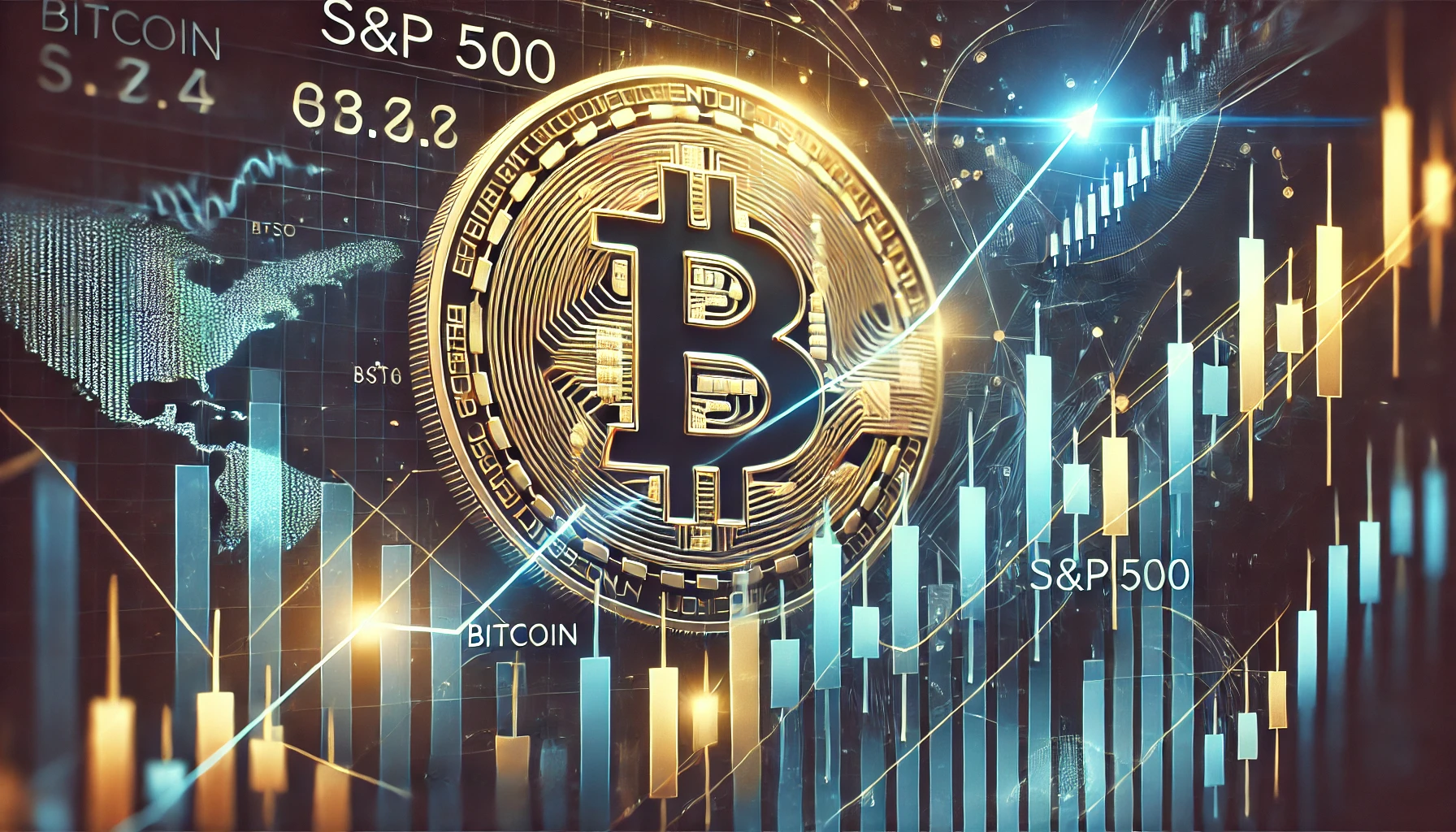Cryptocurrencies, often viewed as independent from traditional markets, are now showing a significant alignment with stock market trends. Recent interest rate cuts by the U.S. Federal Reserve (Fed) have led to an increased correlation between digital assets and major stock indices.
The Rising Correlation Between Cryptocurrencies and the Stock Market
Recent statistics gathered by Bloomberg show that the correlation between the top 100 digital assets and the S&P 500 index has risen to 0.67 over the last 40 days. This figure is remarkably high, indicating that macroeconomic variables are influencing both markets simultaneously. The only time this level of correlation was surpassed was in Q2 of 2022, when it peaked at 0.72.
Impact of Fed’s Rate Cuts
The Fed’s recent decision to lower interest rates has had a broad impact on various asset classes. U.S. stocks have surged to new highs, and gold prices have also seen a significant uptick. Cryptocurrencies, including Bitcoin, have mirrored these trends, with Bitcoin recently surpassing the $64,000 mark. According to Caribbean Mauron, co-founder of liquidity provider Orbit Markets, the Fed’s continued rate cuts could maintain this correlation unless a major, unforeseen event specific to the crypto market occurs.

Analysts’ Insights on Market Trends
In July, IDX Advisors CIO Ben McMillan predicted that this rising correlation—then at 0.6—was likely to continue. McMillan noted that digital assets are increasingly behaving like risk assets and emphasized the importance of considering this correlation when constructing investment portfolios. These findings illustrate how crypto investments are now being influenced by broader economic policies and market behaviors.
The evolving relationship between cryptocurrency and traditional stock markets highlights the growing influence of macroeconomic factors on digital assets. The Federal Reserve’s interest rate policies play a central role, with high correlation figures further supporting this case. Investors should be mindful of these developments and integrate this information into their broader financial strategies, recognizing that digital assets are increasingly acting like traditional risk assets.
Bitcoin, S&P 500, Federal Reserve, correlation



















































































































